The ExpoDisc white balance filter by ExpoImaging has been one of the most trusted white balance tools among photographers for many years because of its accuracy in various lighting situations. All ExpoDiscs are made in the U.S.A. and hand calibrated. The new ExpoDisc 2.0 is an improved version of the old friend :).
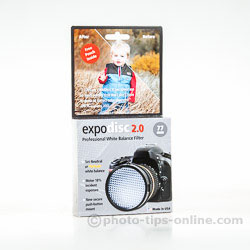 |
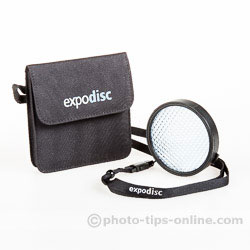 |
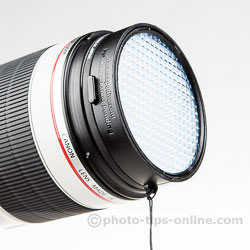 |
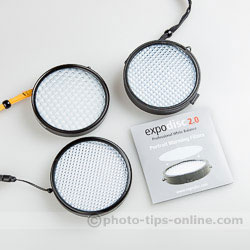 |
Why set custom white balance? Whether you take photos or record videos with your DSLR, capturing the right colors in the camera can save your time in post-processing. Additionally, it can be tricky at times getting the natural looking colors in photo software, so white balance tools, like ExpoDisc 2.0, are there to help.
We reviewed the original ExpoDisc a few years ago (see our ExpoDisc review), and it's been our white balance tool of choice ever since, but it is now discontinued. With ExpoDisc 2.0, ExpoImaging made a few changes while, at the same time, lowering the price of the product. If we recall correctly, the price of the original ExpoDisc was as high as $200 for the largest size of 95mm. ExpoImaging used to make 8 different sizes of ExpoDisc (down to 52mm) to cover virtually all lenses that were designed to have a front filter. ExpoDisc 2.0 comes only in 77mm size at the moment, and it is priced just under $50 (which is about 50% less that the original one of the same size). We would expect the company to follow up with more sizes in the future. 77mm is one of the most common filter sizes, and, while ExpoDisc 2.0 cannot be attached to lenses that take smaller filters, it works great with them as well, because you can simply hold it in front of the lens while taking a calibration shot.
ExpoDisc 2.0, just like the original version, comes with a nice protective pouch and a lanyard. In addition, it also includes 4 warming gels (2 variations, 2 of each). The gels can be attached to the front of ExpoDisc 2.0 for adding warmth to the photos, which is often used for taking portraits. The original ExpoDisc was sold in two flavors: Neutral and Portrait (see our ExpoDisc Portrait vs. Neutral comparison review). Employing the gels (labeled as +1 and +2), ExpoDisc 2.0 combines both original products into one, and it even delivers two different degrees of color warming instead of one.
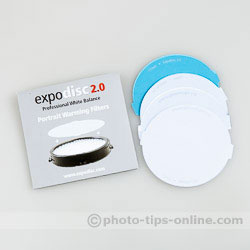 |
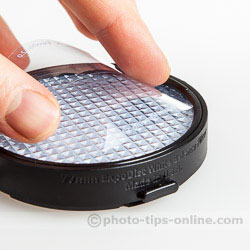 |
ExpoDisc 2.0 also features a new attachment system that replaces the spring-loaded bearings of the original ExpoDisc. The new mounting feels even more secure, and you now have to press two release buttons to take ExpoDisc 2.0 off the lens. While we like the new design, the buttons are a bit too small for our taste. You need to press them fairly hard, so they may feel uncomfortable at times. Though this is a minor issue, we wish ExpoImaging made the release buttons larger.
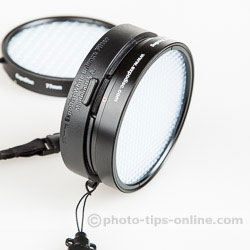 |
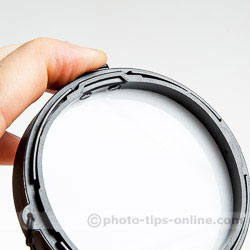 |
Now, with all the improvements and the reduced price, did the manufacturer cut corners? Did ExpoImaging sacrifice anything to bring the price down? Well, not really. Most likely they were able to make ExpoDisc 2.0 more affordable because of the new body construction that used to be metal but now it is plastic, which, however, appears to be very rugged and suitable for professional use. So, we don't really miss the metal ring of the original ExpoDisc.
Below you can find a couple of examples of using ExpoDisc 2.0. The first two images were taken right after the sunset. So, the ambient light was cool/blueish. The auto-balance did a fair job (left photo), but the image corrected by ExpoDisc 2.0 (on the right) looks more natural./p>
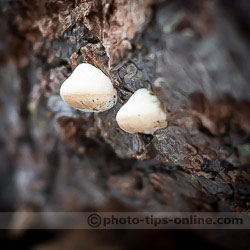 |
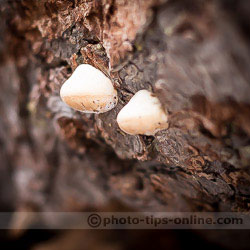 |
The next two images were taken in the absence of sunlight. The camera's auto white balance was clearly struggling with the color temperature of the street light(left photo). The image came out too yellowish. To fix the colors, we walked over to the light pole and took a calibration image while pointing the lens with the ExpoDisc 2.0 attached towards the light source. So, the right image below looks more natural as if the color-neutral light gets diffused and reflected by the green leaves.
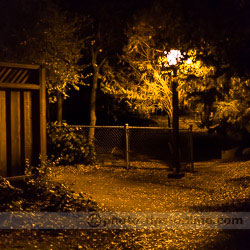 |
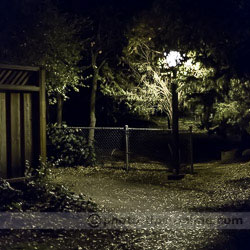 |
Finally, the last series of photos shows how the warming filters included with ExpoDisc 2.0 affect the images. (The light setup consisted of two studio strobes.) The gels are labeled as +1 and +2. According to our measurements, the +1 filter adds 300 degrees Kelvin and the +2 one adds 500 degrees Kelvin.
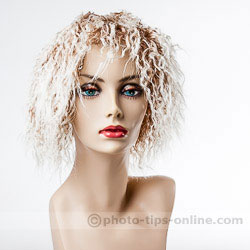 |
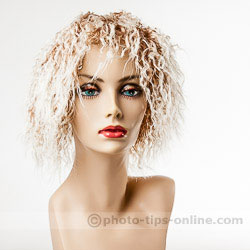 |
auto white balance |
neutral |
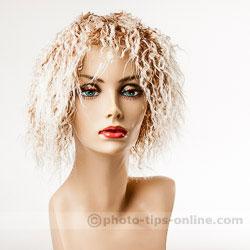 |
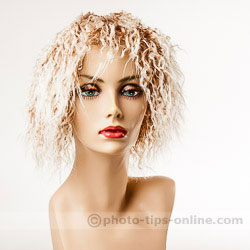 |
warming gel +1 |
warming gel +2 |
ExpoDisc 2.0 is great for setting custom white balance, but it can also turn your camera into an incident light meter. With ExpoDisc 2.0 attached, you simply need to stand next to the subject and point the camera lens towards your shooting position. By adjusting the aperture, ISO, and shutter speed, you can set the perfect exposure. This technique can be useful, for example, for capturing high-contrast images, which can be challenging for your camera's built-in meter (even in the spot metering mode).
To summarize, ExpoDisc 2.0 is an improved version of an already excellent white balance filter. Delivering the same great accuracy as its predecessor, ExpoDisc 2.0 has an improved mount, interchangeable warming gels, and a significantly lower price point. Whether you shoot indoors or outdoors, whether your are a fan of the natural light or strobes, ExpoDisc 2.0 is a must-have if you want to get correct white balance directly in the camera to save yourself time on image processing.